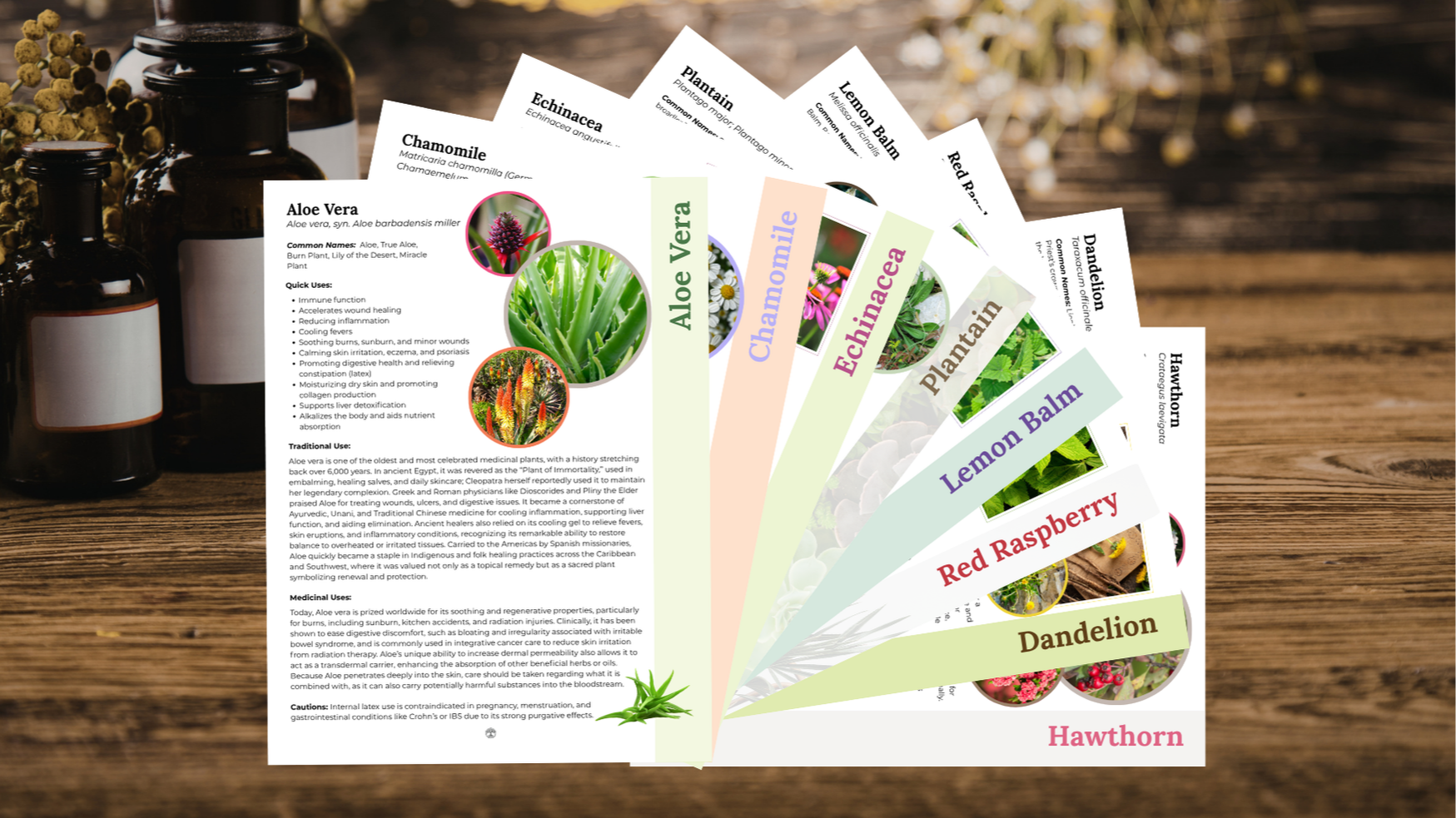
Diet vs. Lifestyle
Jan 22, 2025What You Want to Hear
People are naturally drawn to diets that promote foods they already enjoy or lifestyles that don't demand too much exertion. This is one reason why the Mediterranean diet, one of the five "Blue Zone" diets, captivates our interest. Many of us are familiar with the studies linking health and longevity to this seemingly high-fat diet. We often marvel at the fact that people in this region maintain their health despite consuming pasta and deriving about 40% of their calories from olive oil. However, what often goes unnoticed are the other essential factors contributing to this health phenomenon.
Eye-Opening
At the annual Education Week at Brigham Young University, I attended a lecture by Professor David M. Kennedy, who is involved in an overseas study abroad program titled "Aging and the Mediterranean Diet in Italy." This lecture was one of the most enlightening experiences regarding health and longevity for me. The Mediterranean diet is based on a landmark study conducted from 1958 to 1970, which included 12,000 men from seven different countries. The study examined the relationships between lifestyle, diet, and the incidence of coronary heart disease and stroke across diverse populations. The chosen locations, all in the Northern Hemisphere, included the United States (Minnesota), Italy (Crevalcore), Greece (Crete, Corfu), Japan (Nagoya), Holland (Zutphen), Finland (Kuopio), and Yugoslavia (Zagreb). The island of Corfu in Greece exhibited the lowest rates of heart disease among these regions.
What researchers discovered about the Cretan lifestyle:
-
They valued time together, social connection, and communal meals.
-
They began the day with gratitude.
-
They were physically active.
-
They grew a significant portion of what they ate.
-
Their food was fresh and healthy.
-
Each meal included at least four different foods.
-
They consumed a lot of olive oil.
-
They fasted 180-200 times a year, meaning they restricted certain types of food for various reasons during these times.
Interestingly, despite being considered impoverished due to their minimal meat consumption, Cretans were among the healthiest observed. Their diet commonly included wild greens, mountain teas made from thyme, rosemary, oregano, and other fresh herbs, a range of fruits and legumes, barley rusks (double-baked barley bread), whole grain pasta, honey (known for its multiple curative properties), and carob (high in protein, fiber, vitamins, antioxidants, and low in sugar). Their food was often drenched in olive oil, rich in monounsaturated fatty acids, antioxidants, and vitamins E and K. On average, they consumed 9-12 servings of fruits and vegetables per day. Meat, cheese, yogurt, eggs, alcohol, and treats were consumed in moderation, and highly processed foods were very limited. Instead of calorie restriction, they focused on moderation and common-sense principles.
Wild Greens
Every woman regularly incorporated "horta," which literally means weeds or grass, into meals. This wide variety of greens was a highly nutritious staple, offering a rich source of vitamins, minerals, and antioxidants. The assortment of wild greens, comprising between 20-25 plants, included chicory, fennel, thyme, rosemary, purslane, and other fresh herbs and weeds. Women passed this dietary tradition of gathering wild greens to future generations, teaching their daughters how and what to harvest. Regularly consuming a wide variety of nourishing herbs added a considerable amount of nutrients in the form of vitamins, minerals, omega-3 fatty acids, and yet unnamed and unresearched phytochemicals.
Take Aways
We tend to lose sight of all the elements that make up the Mediterranean diet and focus only on what we want to hear. Yes, it includes a lot of olive oil and pasta. But if we stop there, we won't gain the expected health benefits enjoyed by those living in this Blue Zone. There is much to learn from the Mediterranean lifestyle. Olive oil is fat, but it is unique in its phytonutrient makeup. Not all pasta is created equally; refined pasta does not compare nutritionally to whole grain pasta. This diet is low in meat and animal products, as well as highly processed foods and treats. This lifestyle also includes daily physical activity in the form of growing food, gathering food, cooking food, and walking as a mode of transportation. Additionally, we learn that health encompasses more than just the physical; it integrates the body, mind, and spirit.
Kristi is a Master Herbalist and Natural Healing Guide. She encourages healthy lifestyle principles that include a variety of herbs for health and healing.



